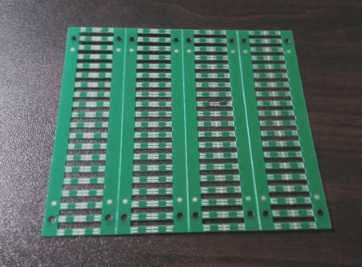Understanding the Composition of PCB Circuit Boards
PCB circuit boards found in mobile phones and computers contain valuable materials such as gold and copper. The recycling price for used circuit boards can exceed 30 yuan per kilogram, making them more valuable than waste paper, glass bottles, and scrap iron.
Color Coding and Material Quality
The outer layer of circuit boards typically displays colors like gold, silver, and light red. Gold is the most valuable, followed by silver, while light red is the least expensive. These colors can indicate the quality of materials used by hardware manufacturers.
Importance of Gold in Circuit Boards
Genuine gold, despite being a thin layer, can make up nearly 10% of the total cost of a circuit board. Gold is primarily used for soldering facilitation and corrosion prevention. Gold-plating is commonly applied to component pads, connector contacts, and gold fingers on circuit boards.
Silver and Tin Coatings
Silver-coated circuit boards, known as tin-sprayed boards, are often used for cost-cutting purposes. While tin aids in soldering, it lacks the long-term reliability of gold. Tin-sprayed boards are common in small digital products due to cost considerations.
Organic Solderability Preservatives (OSP)
Light red boards are coated with OSP, an organic film cheaper than tin-spraying. OSP prevents oxidation of inner copper before soldering but does not protect against corrosion. Many computer motherboards use OSP technology due to their large circuit board areas.
Conclusion
Understanding the composition and coating of PCB circuit boards is essential for assessing their value and quality. Whether it’s gold-plated, silver-coated, or OSP-treated, each type serves a specific purpose in ensuring the functionality and longevity of electronic devices.



